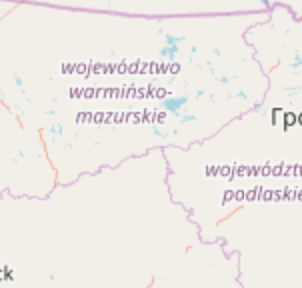My opinion:
Province/state names and borders on z5
This really depends on the area. I guess we cannot avoid rendering for larger countries such as the US, and as we have no way to distinguish country size currently, we should render all borders.
Roads on z5
I'm in favour of dropping rendering.
National parks on z7
I'm in favour of dropping. I fail to see how the current rendering is useful for any purpose.
Railways on z7
I guess people who like tracing railway lines to see along which route they are travelling (including me) can zoom in one zoom level more. So I'd say drop.
Minor water areas on z5/6/7
Guess nothing we can do about.




Some features that we currently render for which we do not (yet) have a use case:
In which cases do we want to add use cases, and in which cases do we want to drop rendering?
CC @kocio-pl